当前位置:网站首页>PTA ladder game exercise set l2-001 inter city emergency rescue
PTA ladder game exercise set l2-001 inter city emergency rescue
2022-07-02 15:37:00 【qascetic】
Intercity emergency
As the leader of a city's emergency rescue team , You have a special national map . On the map, there are many scattered cities and some fast roads connecting the cities . The number of rescue teams in each city and the length of each expressway connecting the two cities are marked on the map . When other cities have an emergency call for you , Your task is to lead your rescue team to catch up as soon as possible , meanwhile , Gather as many rescue teams as you can along the way .
Input format :
The first line of input is given 4 A positive integer N、M、S、D, among N(2≤N≤500) It's the number of cities , By the way, suppose the city number is 0 ~ (N−1);M It's the number of expressways ;S It's the city number of the place of departure ;D Is the city number of the destination .
The second line gives N A positive integer , Among them the first i The number is the i Number of rescue teams in cities , Numbers are separated by spaces . And then M In line , Each line gives information about an expressway , Namely : City 1、 City 2、 The length of the Expressway , Separate... With spaces in the middle , All numbers are integers and no more than 500. The input ensures that the rescue is feasible and the optimal solution is unique .
Output format :
The first line outputs the shortest path number and the maximum number of rescue teams that can be called . The second line is output from S To D The number of the city in the path . Numbers are separated by spaces , There must be no extra spaces at the end of the output .
sample input :
4 5 0 3
20 30 40 10
0 1 1
1 3 2
0 3 3
0 2 2
2 3 2
sample output :
2 60
0 1 3
General train of thought :Dijsktra The algorithm finds the shortest path , Slightly modify the algorithm to choose to carry as many rescue team members as possible when finding the shortest path . About Dijsktra Click on the portal below to learn more about the algorithm . I won't elaborate on this blog .
Portal :Dijsktra Algorithm analysis
AC Code (C++)
#include <iostream>
#include<algorithm>
#define MAXNUM 501 // The maximum number of questions given does not exceed 500
#define INF 100000000 // Assume infinite numbers
using namespace std;
int peoples[MAXNUM]; // Save the number of rescue workers in each city , The index of the array is the city number
int peopleSum[MAXNUM] = {
0 }; // Save the total number of rescuers
int graph[MAXNUM][MAXNUM] = {
0 }; // Save adjacency matrix
int waySum[MAXNUM] = {
0 }; // Save the path
bool visit[MAXNUM] = {
false }; // Mark vertex accessed
int prevNode[MAXNUM]; // Record the precursor vertex of the current vertex
int dist[MAXNUM]; // Save shortest path
int inAllNum; // Number of all cities , That is, the number of cities entered
void print(int end, int start) // Recursively print from back to front , Always look for the precursor node from the end
{
if (start == end)
{
cout << end;
return;
}
print(prevNode[end], start);
cout << " " << end;
}
void Dijkstra(int start)
{
fill(dist, dist + inAllNum, INF); // Suppose at first all places are infinitely far away from each other
peopleSum[start] = peoples[start]; // The number of rescue team members at the starting point is directly added to the total
waySum[start] = 1; // There is at least one way from the starting point
dist[start] = 0; // We can think that the distance from the starting point to the starting point is 0
int minNum = INF; // Record the minimum distance between the current two cities , Initialize to infinity
int nodeNum = -1; // Record the city vertex number , Initialize to -1
// Cycle through all cities
for (int i = 0; i < inAllNum; i++)
{
// The two variables that record the minimum distance between cities and the city vertex need to be initialized once every cycle
minNum = INF; // Store the shortest distance from the starting point to other inaccessible nodes
nodeNum = -1; // Store the number of the shortest distance node
// Traverse n vertices , Find the node number with the shortest distance from the starting vertex in the currently unreached vertex
for (int j = 0; j < inAllNum; j++)
// visit[j] yes false Then it is not visited , Expression is true
// The shortest distance is less than the current minNum Stored data , Expression is true
// If the above conditions are met, you can enter the judgment
if (!visit[j] && minNum > dist[j])
{
minNum = dist[j];
nodeNum = j;
}
if (-1 == nodeNum) // If the condition is not found, jump out of the loop
break;
visit[nodeNum] = true; // Mark the currently selected vertex as visited
// With nodeNum Traverse other vertices and calculate the distance for the intermediate node
for (int j = 0; j < inAllNum; j++)
{
// If the currently traversed node j Never used as an intermediate node
// And from the starting node to j Distance of dist[j] Greater than from the starting node to nodeNum And from the nodeNum To j The sum of the distances
if (!visit[j] && dist[j] > dist[nodeNum] + graph[nodeNum][j])
{
// Update start node to j Distance of dist[j], Update to start to nodeNum And nodeNum To j The sum of the distances
dist[j] = dist[nodeNum] + graph[nodeNum][j];
// Record the number of rescue teams
peopleSum[j] = peopleSum[nodeNum] + peoples[j];
// Record the precursor node of the current vertex
prevNode[j] = nodeNum;
// Record the number of paths
waySum[j] = waySum[nodeNum];
}
// If the currently traversed node j Never used as an intermediate node
// And from the starting node to j Distance of dist[j] Equal to from the starting node to nodeNum And from the nodeNum To j The sum of the distances
else if (!visit[j] && dist[j] == dist[nodeNum] + graph[nodeNum][j])
{
// This sentence makes little sense because a = 1, a == b then a = b,a Or is it equal to 1 Assignment is of little significance
// dist[j] = dist[nodeNum] + graph[nodeNum][j];
// If you pass by nodeNum If there are more vertex rescue team members, update the number of rescue team members, and then modify the precursor vertex
if (peopleSum[j] < peopleSum[nodeNum] + peoples[j])
{
// Update the number of rescue team , Try to have more rescue team members
peopleSum[j] = peopleSum[nodeNum] + peoples[j];
// If you change the driving route, you have to update the corresponding precursor nodes
prevNode[j] = nodeNum;
}
// Because there are two roads with the same distance, you can choose all the roads in these two days, plus nodeNum The number of paths of vertices
// Not directly waySum[j]++, Because after nodeNum There is not only one path in the vertex scheme
waySum[j] += waySum[nodeNum];
}
}
}
}
int main()
{
//N(2≤N≤500) It's the number of cities , By the way, suppose the city number is 0 ~ (N−1);
//M It's the number of expressways ;
//S It's the city number of the place of departure ;
//D Is the city number of the destination .
int N, M, S, D;
cin >> N >> M >> S >> D;
//inAllNum Also count the number of cities , Global variables are convenient for other functions to access
inAllNum = N;
// Enter the number of rescue teams in each city in turn
for (int i = 0; i < N; i++)
cin >> peoples[i];
// Initialize adjacency matrix
for (int i = 0; i < N; i++)
for (int j = 0; j < N; j++)
if (i != j)
graph[i][j] = INF;
// Assign a value to the adjacency matrix
int tempa, tempb, tempc;
for (int i = 0; i < M; i++)
{
cin >> tempa >> tempb >> tempc;
graph[tempa][tempb] = tempc;
graph[tempb][tempa] = tempc;
}
Dijkstra(S);
cout << waySum[D] << " " << peopleSum[D] << endl;
print(D, S);
return 0;
}
Here are some test samples , Friends who fail the test can try .
Examples (1)
6 6 0 3
30 10 20 50 20 20
0 1 1
2 3 3
0 4 1
1 2 2
5 3 3
4 5 2
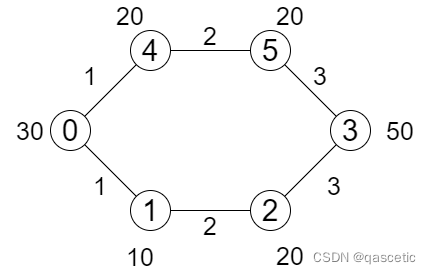
Examples (2)
6 7 0 3
30 100 20 50 20 20
1 3 5
2 3 3
1 2 2
5 3 3
0 4 1
4 5 2
0 1 1

Examples (3)
5 5 0 3
30 100 20 50 120
0 4 1
0 1 1
1 2 1
4 3 5
2 3 3
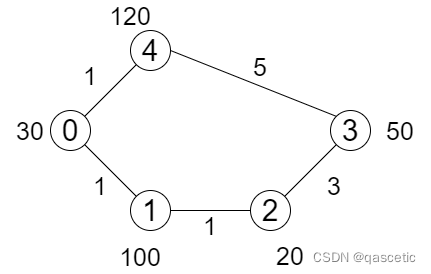
Examples (4)
7 8 0 6
10 20 30 50 30 30 20
0 1 1
0 2 1
1 3 2
5 6 4
3 4 3
3 5 3
4 6 4
2 3 2

边栏推荐
- 【LeetCode】876-链表的中间结点
- 搭载TI AM62x处理器,飞凌FET6254-C核心板首发上市!
- Equipped with Ti am62x processor, Feiling fet6254-c core board is launched!
- 11_ Redis_ Hyperloglog_ command
- LeetCode刷题——奇偶链表#328#Medium
- Infra11199 database system
- 【LeetCode】977-有序數組的平方
- Be a good gatekeeper on the road of anti epidemic -- infrared thermal imaging temperature detection system based on rk3568
- (4) Flink's table API and SQL table schema
- [leetcode] 977 - carré du tableau ordonné
猜你喜欢

LeetCode刷题——两整数之和#371#Medium

FPGA - clock-03-clock management module (CMT) of internal structure of 7 Series FPGA
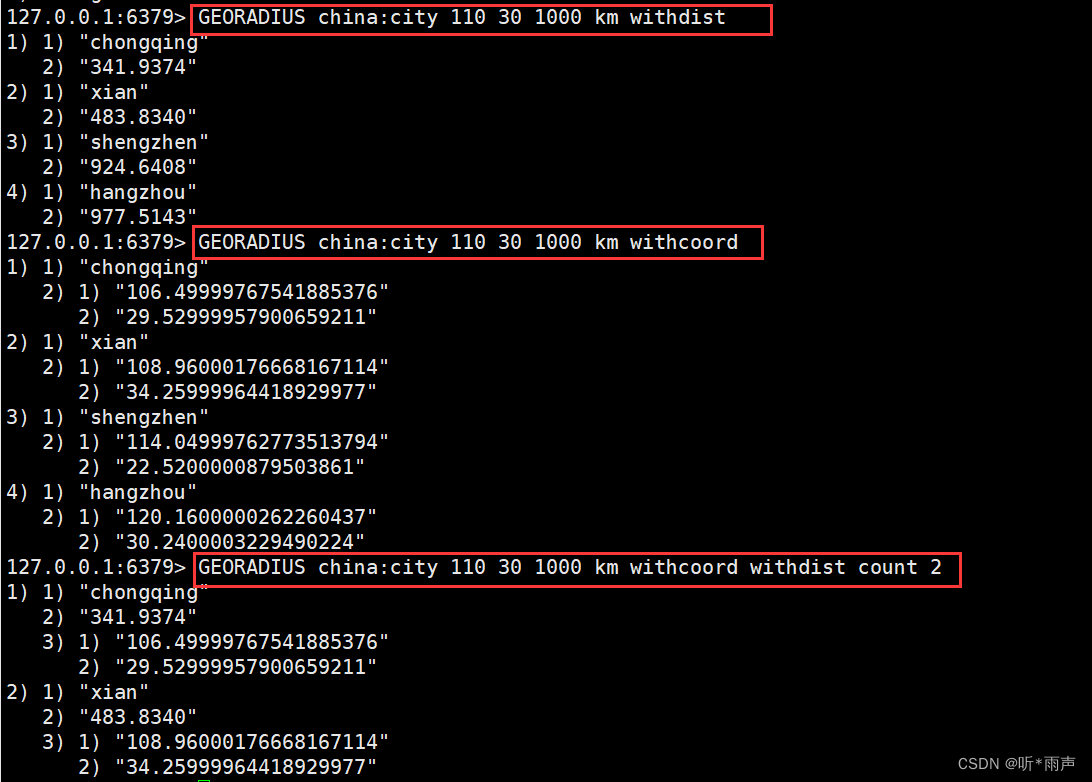
10_ Redis_ geospatial_ command
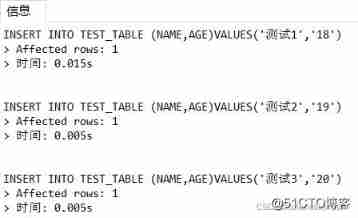
Oracle primary key auto increment
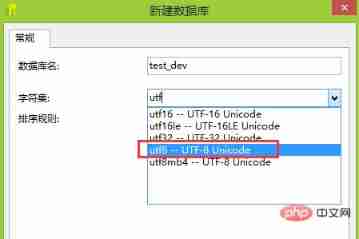
Steps for Navicat to create a new database
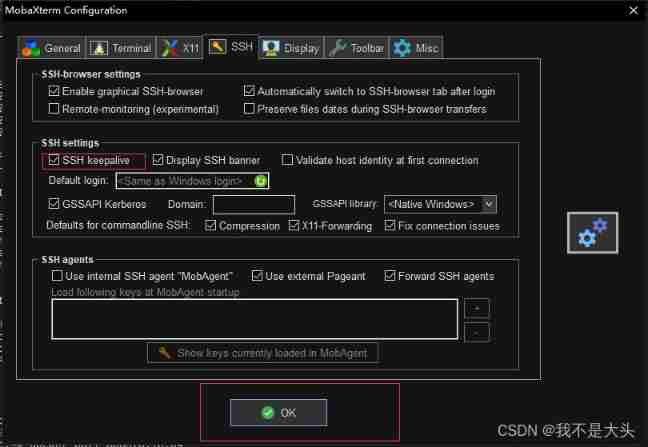
Solve the problem of frequent interruption of mobaxterm remote connection

百变大7座,五菱佳辰产品力出众,人性化大空间,关键价格真香

Be a good gatekeeper on the road of anti epidemic -- infrared thermal imaging temperature detection system based on rk3568
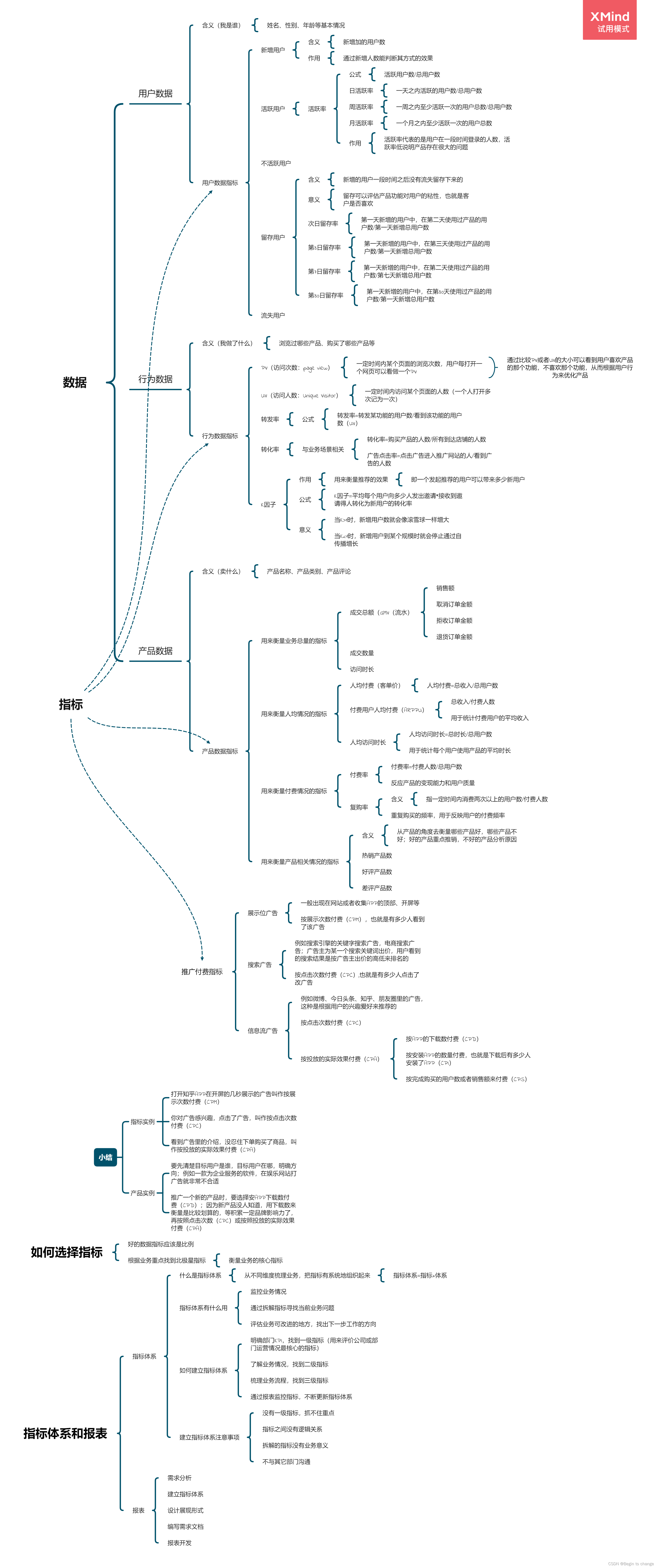
Data analysis thinking analysis methods and business knowledge - business indicators

How to intercept the value of a key from the JSON string returned by wechat?
随机推荐
【网络安全】网络资产收集
Libcurl Lesson 13 static library introduces OpenSSL compilation dependency
[leetcode] 200 number of islands
【LeetCode】417-太平洋大西洋水流问题
19_ Redis_ Manually configure the host after downtime
搭建自己的语义分割平台deeplabV3+
04_ Stack
自定义异常
6.12 企业内部upp平台(Unified Process Platform)的关键一刻
(Video + graphic) machine learning introduction series - Chapter 5 machine learning practice
Engineer evaluation | rk3568 development board hands-on test
提前批院校名称
Guangzhou Emergency Management Bureau issued a high temperature and high humidity chemical safety reminder in July
2022 年辽宁省大学生数学建模A、B、C题(相关论文及模型程序代码网盘下载)
QML pop-up frame, customizable
10_ Redis_ geospatial_ command
There are 7 seats with great variety, Wuling Jiachen has outstanding product power, large humanized space, and the key price is really fragrant
【LeetCode】200-岛屿数量
【LeetCode】977-有序數組的平方
4. Jctree related knowledge learning